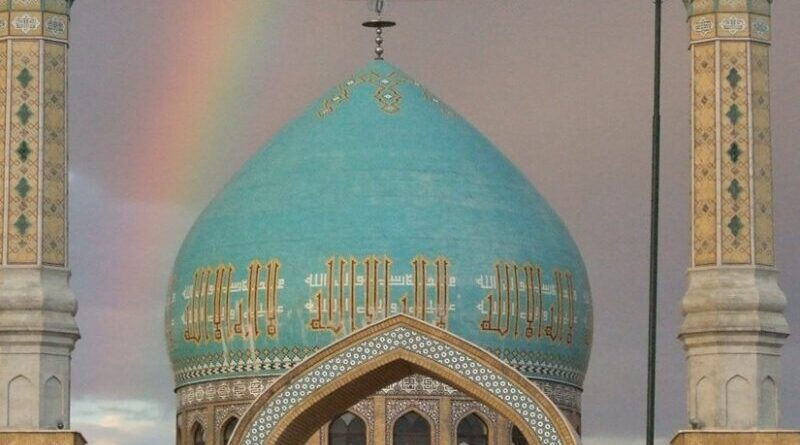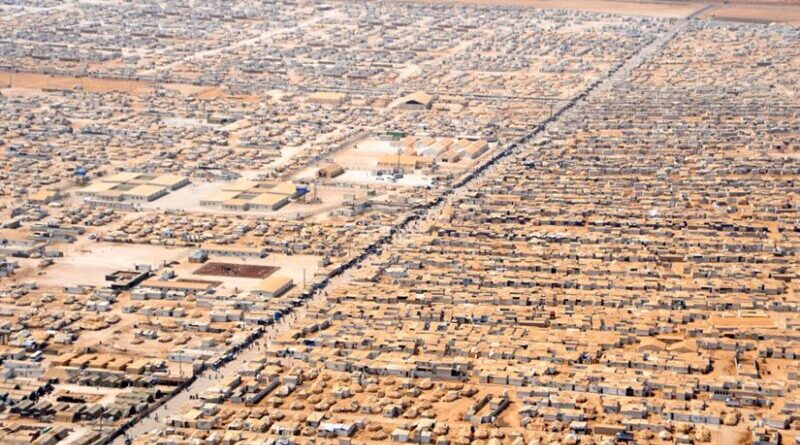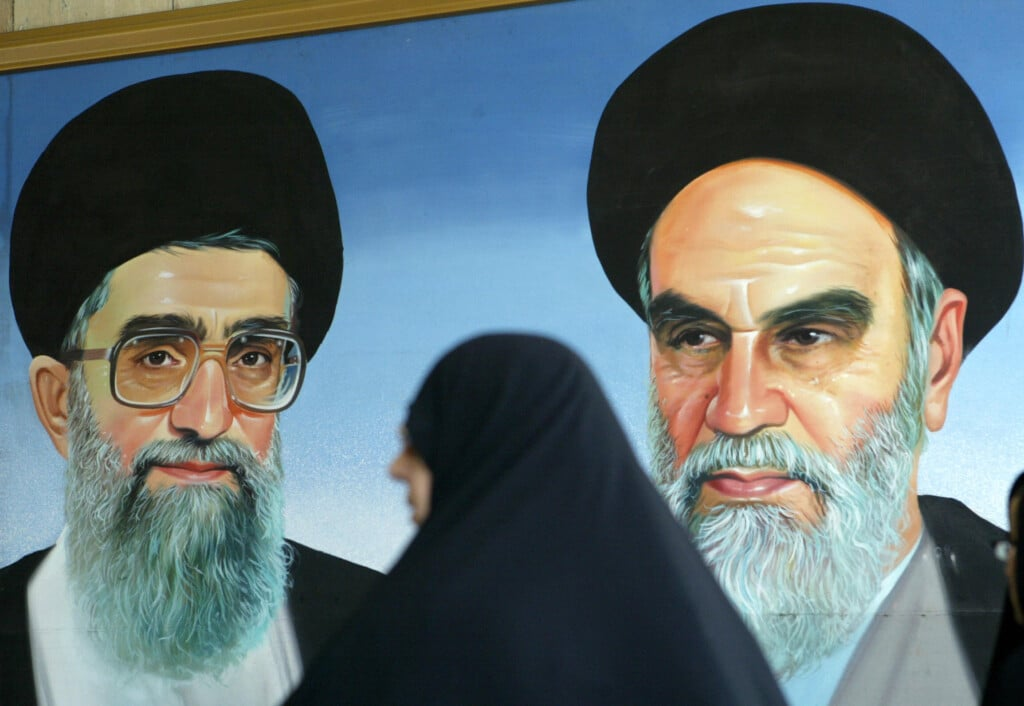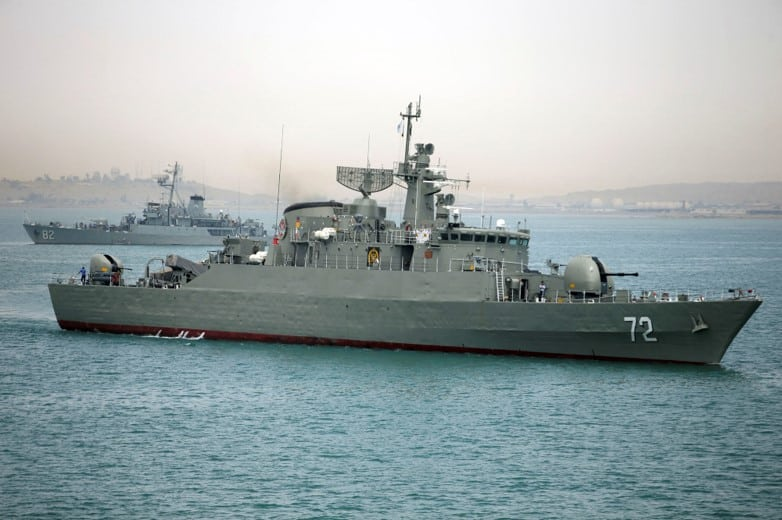A December 29, 2023 article by the pro-Hizbullah Lebanese daily Al-Akhbar[1] claimed that Yemen’s Iran-backed Ansar Allah Movement (the Houthis) has formulated “a new comprehensive military deterrence plan” to confront threats to “Yemen’s maritime sovereignty” posed by U.S. actions in the Red Sea and Bab-el-Mandeb. Quoting “Yemeni military sources,” Al-Akhbar stated that an “exceptional meeting” of senior Houthi military and security officials held on the evening of December 27 in the Red Sea port of Al-Hudaydah[2] discussed “several response options to the American mobilization, Washington’s efforts to militarize the Red Sea, and the movement of the tools of the [United Arab] Emirates on the western coast,” after the Houthis received direct and indirect threats from America. The meeting, the first of its kind since the beginning of the Yemen war in 2015, contained “more than one message of challenge to America and its allies in the region and inside [Yemen],” aiming to escalate the Houthi operations against “Israeli ships” by “tightening the naval blockade on Israel” and taking measures against American ships, following the deployment of U.S. warships to protect Israeli shipping.







